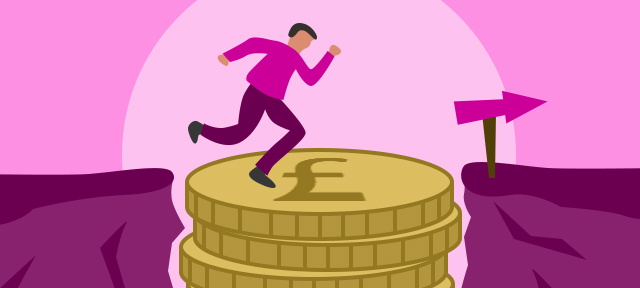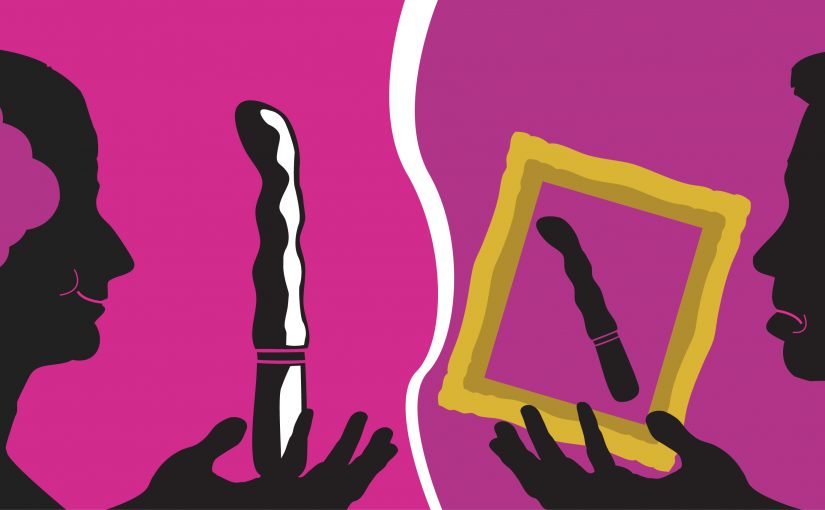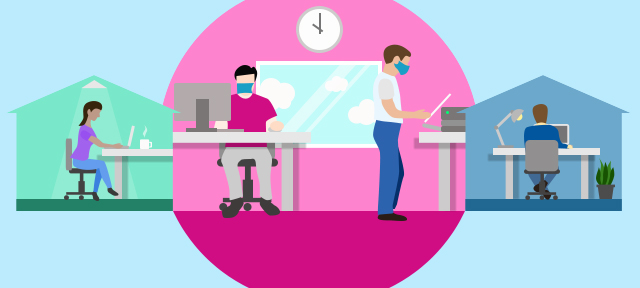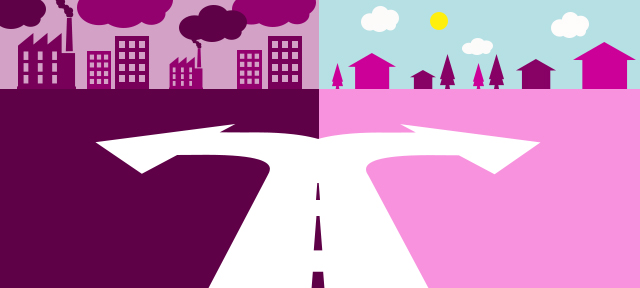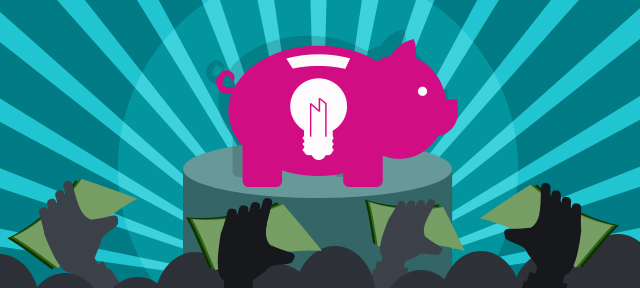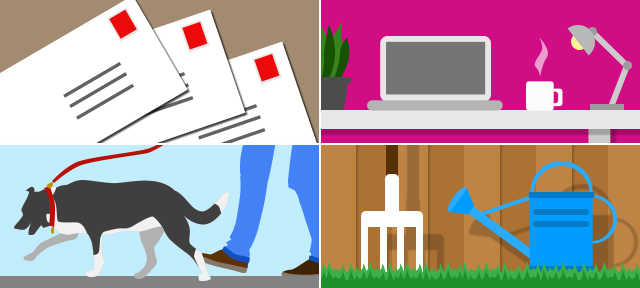For many the coronavirus pandemic is becoming a catalyst for change, whether it be personal or work related. The phrase “new normal” now resonates on a global scale. For the critics, potentially our “new world” means mass unemployment, recession and a crippled economy. As a result of the lockdown many businesses are facing financial challenges as they head into the final quarter of 2020. New Product Development seems to appear way down on the priority list for a lot of companies, however investing now in the early stages of designing a new product will actually help you be ahead of the game once we regain some global stability.
There are financial lifelines available from the Government to encourage and assist you with this in the forms of kickstart grants and (what we focus on in this article) a new round of Innovate UK Smart Grants.
The latest round of Innovate UK Smart Grants, launched last month, closes at 11am on the 25th November and businesses of any size can apply for a slice of £25 million. This open UK grant funding programme has a specific purpose of supporting game changing ideas to develop new products that have significant global market potential. Applications are welcomed for NPD across all sectors including Sextech, where this industry is reportedly worth over $30 billion and estimated to be growing at an annual rate of 30%.
To be in with a chance of winning a grant, the key to your application is to demonstrate you have clearly considered your new product’s innovation, global market potential and the target customer’s needs. This is where utilising a Product Design Consultancy like Sated Design could be the key to your success.
We can assist with a feasibility study which will demonstrate to the judges that you have determined whether your NPD is do-able. We can undertake a risk assessment which will demonstrate that you have considered the end user of the new product. We can also assist you with completing your application for smart funding and if successful, most excitingly, we can help you make your ideas a reality, taking your product idea to the point of manufacture when it becomes a market ready product!
Our services can be tailored to suit your needs – we are well adapted to itemise our service and can step in and out at any stage. In our online portfolio you will find an extensive list of successful pleasure products we have helped bring to market. We have completed many projects over the last decade – some of which have gone on to win coveted industry awards – and our skills, experience and expertise are invaluable.
Contact us today and let us satisfy your needs for quality, innovation and great product design.
Sharing

